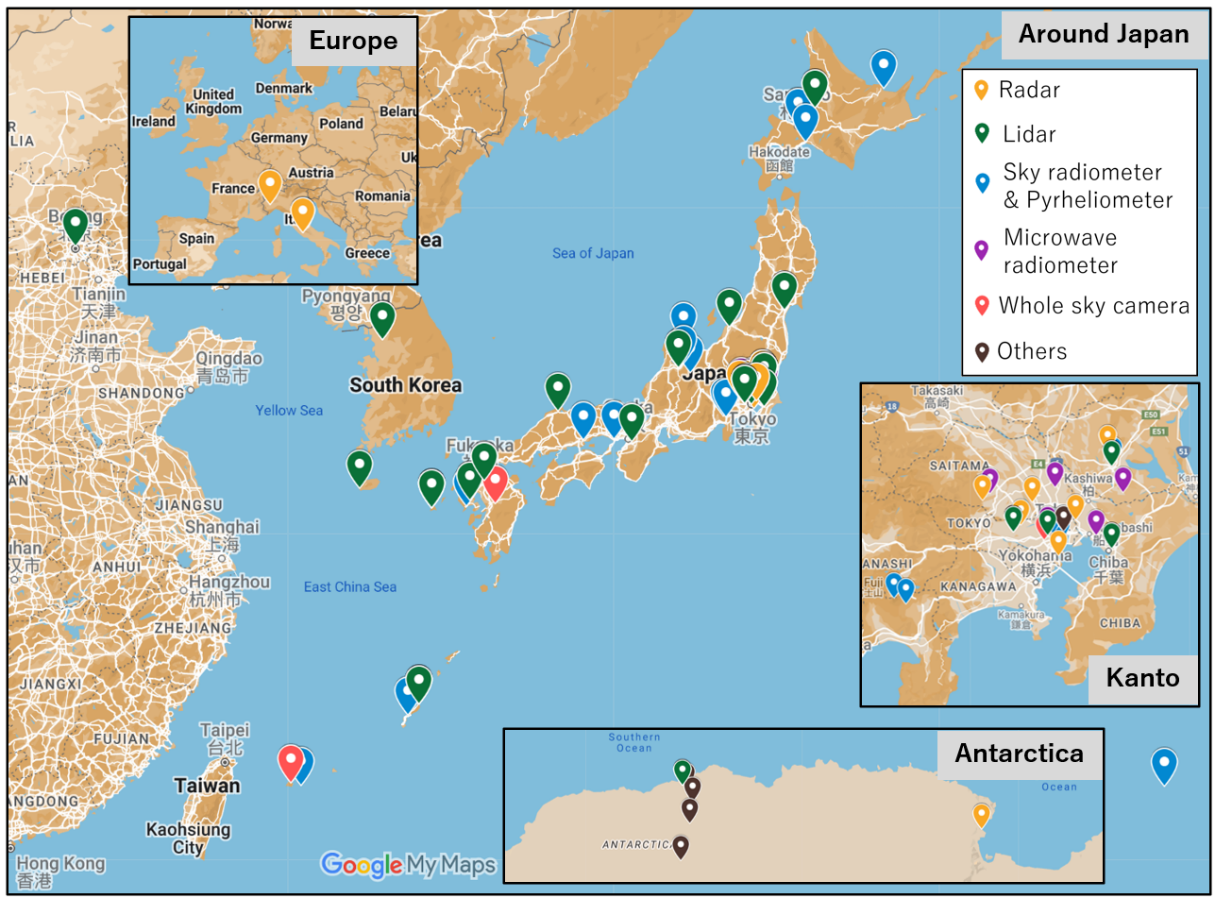EarthCARE aims to
- Enhance scientific understanding of climate change mechanisms related to clouds and aerosols through the analysis of EarthCARE observation data,
- Support climate adaptation strategies by incorporating these mechanisms into climate models,
- Facilitate operational applications in numerical weather prediction and atmospheric environmental monitoring through reliable EarthCARE products.
Through product validation activities, we aim to lay the foundation for achieving these objectives by providing EarthCARE products with assured quality and reliability. JAXA have formulated a product validation plan and have been advancing validation activities since the launch of the EarthCARE satellite in May 2024.
